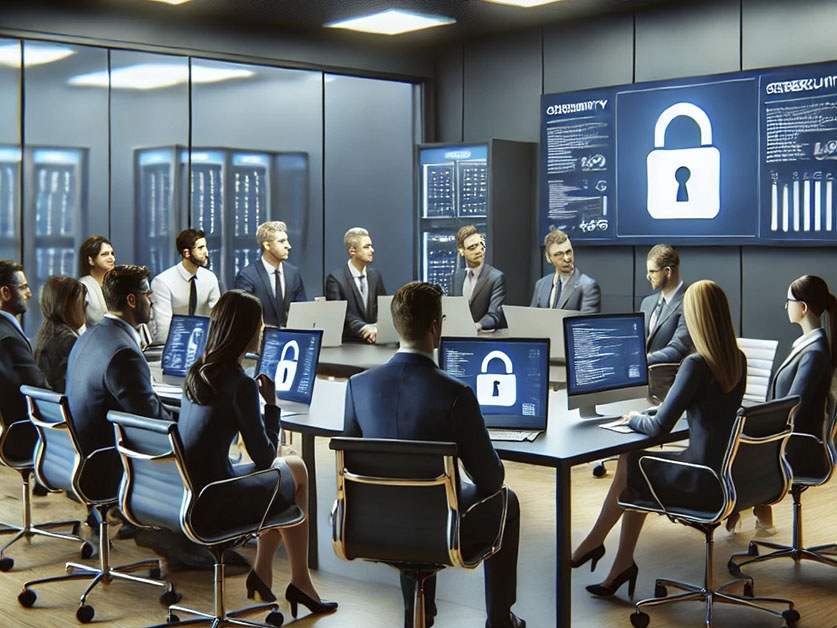Strengthening the Human Firewall: Best Practices for Organizations
In today’s digital landscape, cybersecurity threats are continually evolving, making it crucial for organizations to fortify their defenses. One of the most effective ways to enhance cybersecurity is by building a robust human firewall. This concept emphasizes the importance of training employees to recognize and mitigate cyber threats, transforming them into the first line of defense. Here are some best practices to strengthen the human firewall within your organization.
Cultivating a Security Mindset
The foundation of a strong human firewall is a security-first mindset. Employees need to be aware of the significance of cybersecurity and their role in maintaining it. This involves:
- Leadership Buy-in: Senior management must lead by example, demonstrating a commitment to cybersecurity through transparent communication and active participation in security initiatives (Lumen) (MemcyCo).
- Initial and Ongoing Training: Regular cybersecurity training should be mandatory for all employees. This includes basic training on identifying phishing attempts, recognizing suspicious activities, and understanding the importance of data protection (The ChannelPro Network) (McKinsey & Company).
- Open Communication: Encourage an open dialogue about cybersecurity, where employees feel comfortable reporting potential threats without fear of repercussions. This can be facilitated through regular security briefings and an easily accessible reporting system (MemcyCo).
Developing Necessary Skills
A security mindset alone is insufficient without the necessary skills to back it up. Employees must be equipped with the practical knowledge to act against cyber threats effectively:
- Interactive and Gamified Training: Utilizing gamified training modules can enhance engagement and retention of cybersecurity practices. Interactive scenarios and simulations can make learning more enjoyable and effective (McKinsey & Company) (MemcyCo).
- Regular Phishing Simulations: Conducting frequent phishing simulations helps employees practice identifying and responding to phishing attempts. Immediate feedback on their actions reinforces learning and helps improve their vigilance (McKinsey & Company).
- Continuous Learning: Cyber threats are constantly changing, so training should not be a one-time event. Regular updates and refresher courses ensure that employees stay informed about the latest threats and best practices (The ChannelPro Network) (MemcyCo).
Providing the Right Tools
Even the most well-trained employees need the right tools to support their efforts in maintaining cybersecurity:
- Secure Access Tools: Implement multi-factor authentication (MFA) and ensure all devices are protected with strong passwords and encryption. These measures add layers of security, making it harder for cybercriminals to gain unauthorized access (The ChannelPro Network) (MemcyCo).
- Automated Security Solutions: Employ automated tools to monitor and respond to potential threats in real-time. Automated patch management, network scans, and password expiration notifications can help maintain security without relying solely on human intervention (MemcyCo).
- User-Friendly Security Software: Ensure that the cybersecurity tools and software are user-friendly and integrated seamlessly into daily operations. Complex tools that hinder productivity can lead to poor adherence and potential security gaps (McKinsey & Company).
By fostering a security-centric culture, equipping employees with the necessary skills, and providing them with the right tools, organizations can build a formidable human firewall. This approach not only protects the organization from cyber threats but also instills a sense of responsibility and vigilance among employees, contributing to a safer digital environment.
Sources:







